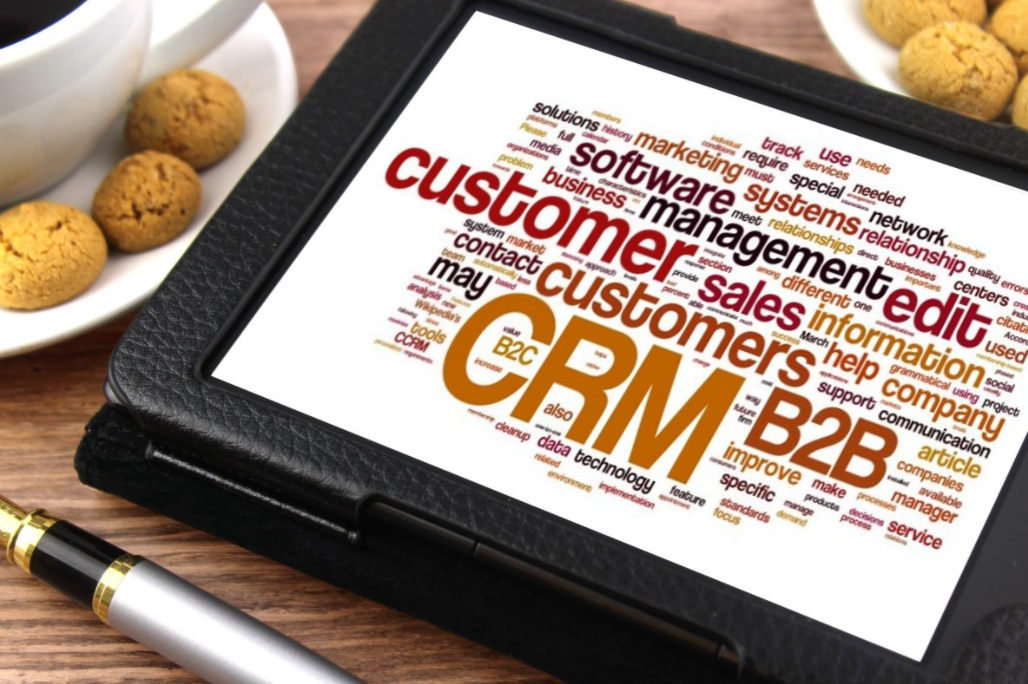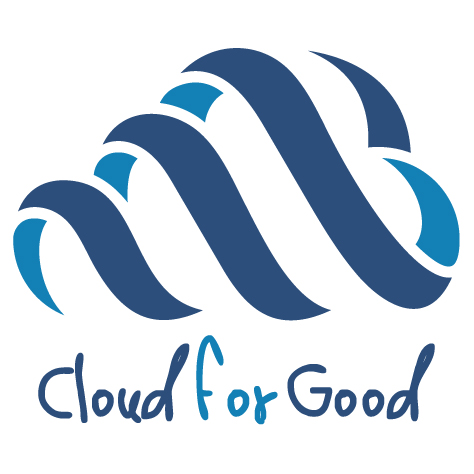A daylight robbery at the Musée du Louvre in mid-October resulted in the theft of eight priceless pieces from the French Crown Jewels housed in the Galerie d’Apollon. The incident now serves as an in-depth analysis for arts leaders globally to confront not only external threats, like highly organized professional thieves, but also the complex, internal risk of compromised staff and the urgent need to re-evaluate their security posture, technological investment, and institutional accountability.
Blockchain: The Tech Behind Bitcoin Opens Doors for Art Institutions
What's On Your Phone, Desi Gonzalez?
The evolution of Artful.ly
Jami Rutherford - How technology plays a key role in Arts Management
Jami Rutherford is a project manager with Cloud for Good, a Salesforce Consulting Partner and Certified B Corporation that helps nonprofits advance their mission via the Salesforce platform. Jami recently sat down with AMT Lab contributor Katie Grennan to discuss how she has seen technology impact the arts industry and what she feels the future holds for the increasing intersection points between the two.
An Introduction to RFID Technology
Radio Frequency identification technology (RFID) is nothing new, and many museums are already using it for inventory and security of their pieces. If organizations already have the technology, there are boundless opportunities as to how they can use it to increase efficiency and enhance the visitor’s experience. But how does this new technology work?
Operatic Analytics
It is easy to see the ways that the production and consumption of opera have changed to match the needs of the 21st century consumer. However, it is difficult to identify similar changes reflected in the way that opera is managed. Opera companies have altered the product they are offering, but have they come up with new metrics to measure and manage their success?
Intro to Beacons for Arts Managers
Connecting the real and digital worlds, beacons will prove to be excellent pieces not only for marketing and general propaganda about your specific location, but as informational tools in your local museum or performing arts company. Beacons focus on the consumer, the integral part to any organization regardless of industry. So far, beacons are most common in the retail world, but they can easily be transferable into other industries, like the arts. That’s why you’re here today. Beacons could transform your organization, and I’m here to navigate you through this process in an understandable way.
Interweaving Social: Managing and implementing social media in artistic programming
In 2012, Dog & Pony DC, a small theatre company in Washington D.C., encouraged audiences to direct the plot of a show and influence characters using Twitter. In A Killing Game, audiences and actors stood side-by-side, immersing themselves in a collaborative artistic experience. In order to learn more about the company’s decision to utilize social media, and its approach to integrating the technology and management of its uses, AMT Lab’s Kristen Sorek West spoke to company director, Rachel Grossman.
13 Social Media Infographics Every Marketer Needs to See
 Happy Friday! What’s everyone doing this weekend? Perhaps you’re saddling up to head to Louisville for the National Arts Marketing Project Conference. The conference starts tomorrow and goes through next Tuesday the 15th – in which case, enjoy the conference! If you can’t make it to Kentucky this weekend, a lot of the conference will be online. Three sessions will be streaming live and archived as webcasts if you miss them. The conference will also be accessible via twitter with hashtag “#nampc”.
The National Arts Marketing Project (NAMP) offers resources year round on their website to help your arts organization be better marketers. One of these is their newest ebook, 13 Social Media Infographics Every Marketer Needs to See.
Happy Friday! What’s everyone doing this weekend? Perhaps you’re saddling up to head to Louisville for the National Arts Marketing Project Conference. The conference starts tomorrow and goes through next Tuesday the 15th – in which case, enjoy the conference! If you can’t make it to Kentucky this weekend, a lot of the conference will be online. Three sessions will be streaming live and archived as webcasts if you miss them. The conference will also be accessible via twitter with hashtag “#nampc”.
The National Arts Marketing Project (NAMP) offers resources year round on their website to help your arts organization be better marketers. One of these is their newest ebook, 13 Social Media Infographics Every Marketer Needs to See.
The first in a series of free publications, 13 Social Media Infographics Every Marketer Needs to See is an accessible and enlightening tool for those interested in social media marketing. The publication covers the history of marketing channels, basic tips for social media usage, and then moves on to more complex topics like the demographics for each social media website. If you're looking for a way to make sense of all the social media out there, this is a great starting point.
Technology in the Arts also has a lot of great social media resources, including how to analyze your success, tap into that prized demographic, and important current trends. How is your organization using social media to be better marketers?
Can the arts successfully have a game dynamic?
 A game dynamic simply put is an element of a game: levels of achievement or rewards, economic systems to exchanging rewards or credits, cooperative and/or competitive aspects, design layers that change dynamics from one episode to another, and even a series of collectibles can be represented as game dynamic. Game dynamics have recently contributed towards solving medical mysteries, namely the gene folding break-through made on the fold.it puzzle game online.
A game dynamic simply put is an element of a game: levels of achievement or rewards, economic systems to exchanging rewards or credits, cooperative and/or competitive aspects, design layers that change dynamics from one episode to another, and even a series of collectibles can be represented as game dynamic. Game dynamics have recently contributed towards solving medical mysteries, namely the gene folding break-through made on the fold.it puzzle game online.
Now this remarkable game is being put to use to solve the gene folding challenges of Parkinson’s disease among others. Additionally, there have been arguments that game dynamics are what make sports sectors of the economy flourish. Sports use a game dynamic that creates cooperation through competition. It is easy to see the potential between game dynamics and the arts but adoption of this idea has yet to garner a widespread support. Check out the previous blog: Planning for Engagement for how cell phone voting is being used at the Indianapolis Symphony Orchestra. As another example, The AWARD show at the Joyce SoHo presents a level of competition driven by reward - in this case cash prizes for the winners of voting contests.Some artists have ventured, guns blazing, into game dynamics; the show Best Before by Rimini Protokoll, for instance: “Pulls the multi-player video game out of the virtual realm and rewires it for an intimate theatre setting.”
The answer to the original question posed “Can the arts have a game dynamic successfully?” is yes. Few creative artists or institutions choose to engage audiences through game dynamics whole-heartedly. Through utilizing game dynamics, the arts world can overcome certain aesthetic hurdles and adopt game dynamics for its potential for growth. The result could have an immense impact.
The tools to create these dynamics in the performing and visual arts are available at both high and low technologies, and can be relatively inexpensive. Cell phone voting systems can be purchased from vendors for under $100. At a small scale, usage of http://www.scvngr.com/ allows for a geographic based scavenger hunt and is relatively cost effective. Immediate interaction with audiences can be had by using audience response systems, which are shown to increase attentiveness in schools.
There are rewards at certain institutions for arts patrons who commit to a level of involvement. There is the relatively common backstage pass, open rehearsal, or meet the artist offerings for subscribers or high-level donors, but these rewards carry with them seemingly little appeal to younger audiences in general. (Of course this is with exceptions.) In the philanthropic world, voting contests abound to great success. In the coming months I will be using this blog to explore technological tools for implementing game layers in a variety of different ways. I look forward to the conversations that I hope to have with everyone on this topic!













